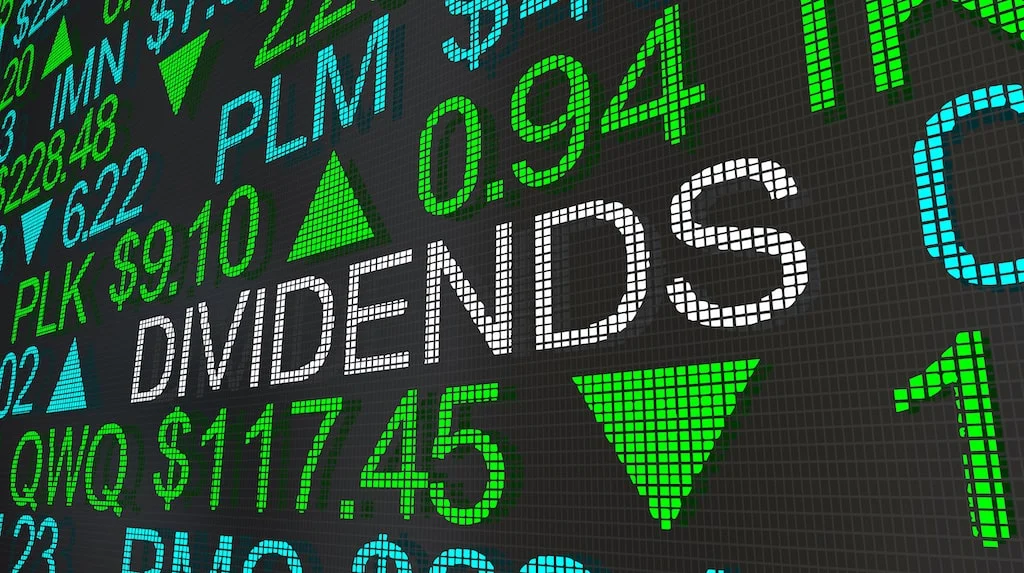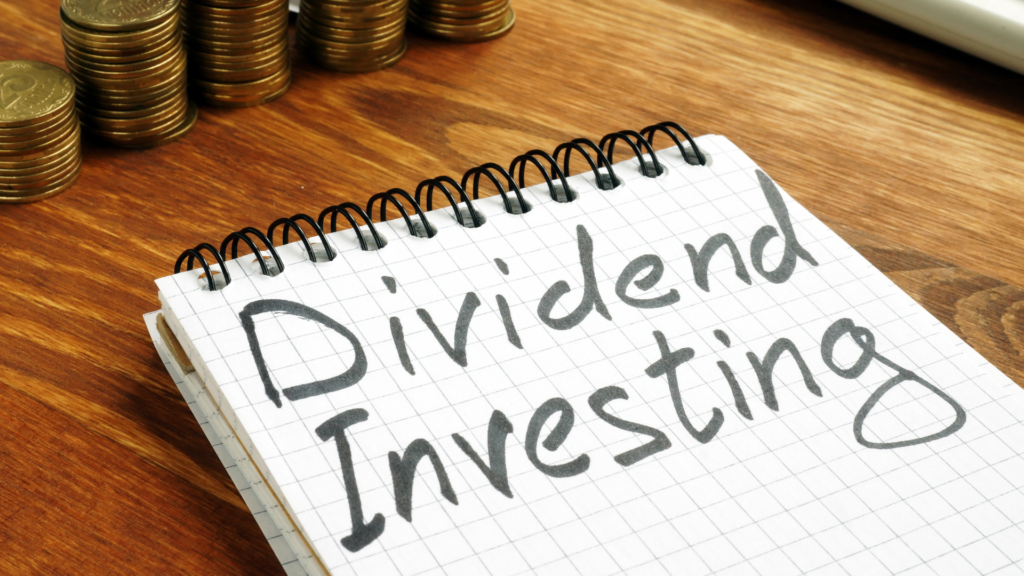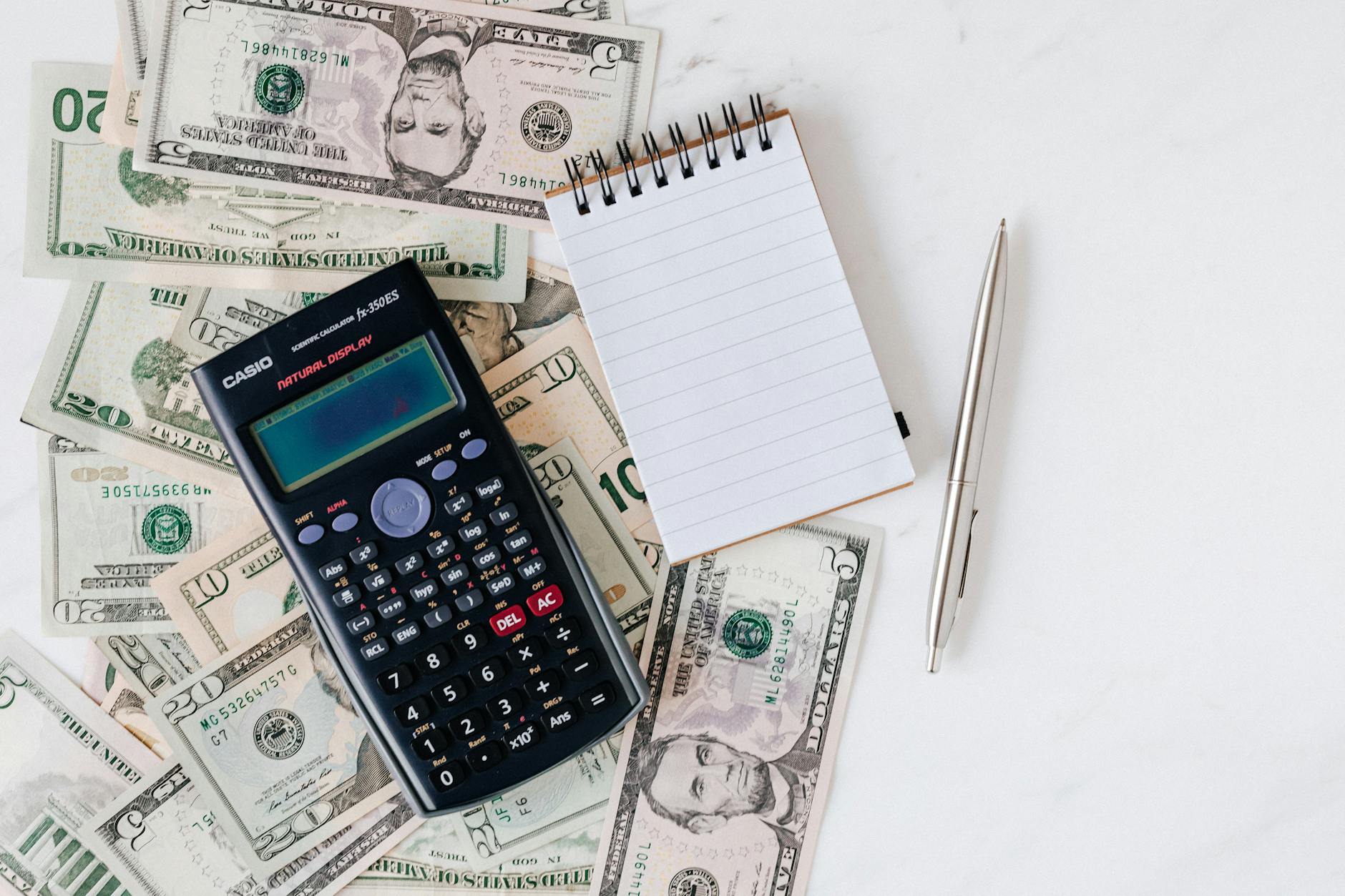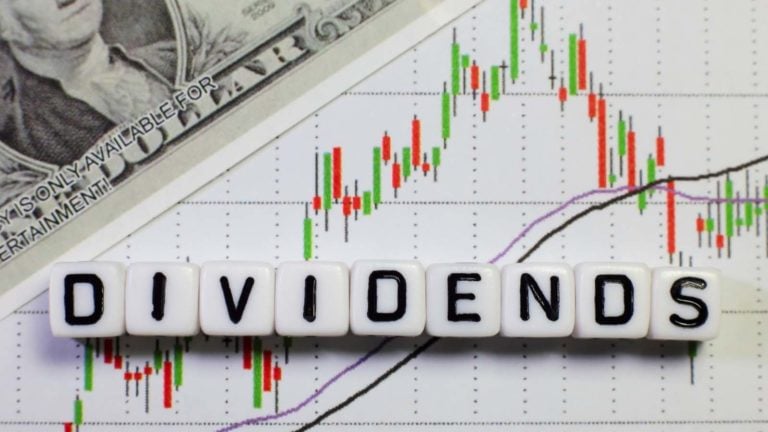
Living off dividends is one of the most appealing financial goals for investors seeking passive income and long-term independence. The idea of receiving regular cash payments from your portfolio — without having to sell your stocks — sounds like the ultimate financial freedom. But the big question remains: how much money do you actually need to invest in dividend stocks to live off comfortably?
In this article, we’ll break down how to calculate your target investment, what kind of yields to expect, and the factors that can make your dividend income more reliable.
Understanding Dividend Income
Dividend stocks are shares of companies that pay a portion of their profits back to shareholders, usually every quarter or even monthly. These payments are called dividends, and when you hold enough shares, those dividends can add up to meaningful cash flow.
For example, if a company pays a $1 annual dividend and you own 1,000 shares, you’ll receive $1,000 per year. Multiply that across several holdings, and your dividend income can grow into something that covers your living expenses.
The key metric investors use here is dividend yield, which represents the annual dividend payout divided by the share price.
For instance:
- A stock priced at $100 that pays $4 annually has a 4% yield.
- A stock priced at $50 that pays $2 annually also yields 4%.
The Simple Formula to Estimate How Much You Need
To live off dividends, you can use this simple formula:
Investment Needed = Annual Expenses ÷ Dividend Yield
Let’s walk through a few examples to see how this works in practice.
| Annual Expenses | Dividend Yield | Investment Needed |
|---|---|---|
| $30,000 | 3% | $1,000,000 |
| $40,000 | 4% | $1,000,000 |
| $50,000 | 5% | $1,000,000 |
| $60,000 | 6% | $1,000,000 |
Notice how the required investment drops as the yield increases. However, higher-yielding stocks often come with more risk, so aiming for a balanced and sustainable yield is smarter than chasing the highest one.
Realistic Dividend Yields to Expect
While some high-yield stocks offer returns above 8% or even 10%, these often carry elevated risk. For a more balanced and sustainable income stream, most long-term investors use a 3%–5% dividend yield as a realistic range.
Here’s a breakdown of what that might look like:
- 3% yield (conservative) – Typical for large, stable companies like Johnson & Johnson or Coca-Cola. Safer, but requires more capital.
- 4%–5% yield (moderate) – Common among reliable dividend payers like REITs and utilities. A good middle ground for income seekers.
- 6%+ yield (aggressive) – Found in high-yield ETFs, mortgage REITs, or business development companies (BDCs). Higher income potential, but also more volatility.
Example: Living Off $50,000 Per Year
If your goal is to generate $50,000 per year in passive dividend income:
- At a 3% yield, you’d need $1.67 million invested.
- At a 4% yield, you’d need $1.25 million.
- At a 5% yield, you’d need $1 million.
- At a 6% yield, you’d need about $830,000.
These numbers are pre-tax, so your actual needs could be slightly higher depending on your tax bracket and where you hold your investments (taxable account vs. IRA or Roth IRA).
How to Build a Dividend Portfolio That Pays You Monthly
If your goal is to live off dividends, consistency matters just as much as the total yield. Here’s how to build a reliable, steady-income portfolio:
1. Diversify Across Sectors
Don’t rely solely on one industry or a few high-yield names. Spread your investments across:
- Consumer staples (Procter & Gamble, PepsiCo)
- Utilities (Duke Energy, NextEra Energy)
- Real estate investment trusts (Realty Income, STAG Industrial)
- Financials (JPMorgan Chase, Main Street Capital)
- Healthcare (Johnson & Johnson, AbbVie)
2. Include Monthly Dividend Stocks
Companies like Realty Income (O) and STAG Industrial (STAG) pay dividends monthly instead of quarterly, helping smooth your cash flow if you’re depending on that income to pay bills.
3. Reinvest Before You Retire
When you’re still in the accumulation phase, reinvest your dividends through DRIPs (Dividend Reinvestment Plans). This accelerates compounding and can significantly increase your eventual income potential.
4. Prioritize Dividend Growth
Look for companies with a strong track record of increasing dividends every year. This helps your income keep up with inflation. The “Dividend Aristocrats,” for example, are companies that have raised their dividends for 25+ consecutive years.
Taxes and Inflation: The Hidden Factors
When calculating how much to invest to live off dividends, it’s easy to forget about taxes and inflation — but they make a big difference.
Taxes
- Qualified dividends (from most U.S. companies) are taxed at 0%, 15%, or 20%, depending on your income level.
- Non-qualified dividends, like those from REITs, are taxed as ordinary income.
- Investing through a Roth IRA allows tax-free withdrawals if you follow the rules, making it ideal for dividend investing.
Inflation
If inflation averages 3% per year, your cost of living could double in 24 years. That’s why dividend growth stocks — not just high-yield ones — are crucial. You want your income to rise over time, not lose purchasing power.
Building Toward Financial Independence
Living off dividends doesn’t happen overnight, but it’s achievable with discipline and a clear plan. Here’s a step-by-step approach:
- Track your annual expenses – Know your target income goal.
- Estimate your ideal yield range – Use 3–5% for sustainable planning.
- Calculate your total investment goal – Divide your expenses by your yield.
- Start investing consistently – Buy quality dividend stocks or ETFs monthly.
- Reinvest dividends – Let compounding do the heavy lifting.
- Reassess yearly – Check your portfolio’s performance, yield, and growth rate.
If you start young, even modest monthly contributions can grow into a meaningful dividend income stream over 10–20 years.
Example of a Balanced Dividend Portfolio
Here’s what a hypothetical $500,000 dividend portfolio might look like:
| Sector | Stock Example | Yield | Allocation |
|---|---|---|---|
| Consumer Staples | Coca-Cola (KO) | 3.1% | 20% |
| Utilities | NextEra Energy (NEE) | 3.0% | 15% |
| Real Estate | Realty Income (O) | 5.5% | 25% |
| Healthcare | AbbVie (ABBV) | 4.2% | 20% |
| Financials | Main Street Capital (MAIN) | 6.5% | 20% |
This mix produces a blended yield of roughly 4.5%, translating to about $22,500 per year in dividend income — before reinvesting or taxes.
Final Thoughts
So, how much do you need to invest in dividend stocks to live off?
For most people, the answer is between $800,000 and $1.5 million, depending on your lifestyle, expenses, and the average yield of your portfolio.
But here’s the real takeaway: you don’t need to reach that number overnight. Focus on building steadily, reinvesting your dividends, and choosing quality companies that grow their payouts. Over time, the combination of consistent investing and compound growth can make your goal of living off dividends a reality.




Leave a Reply